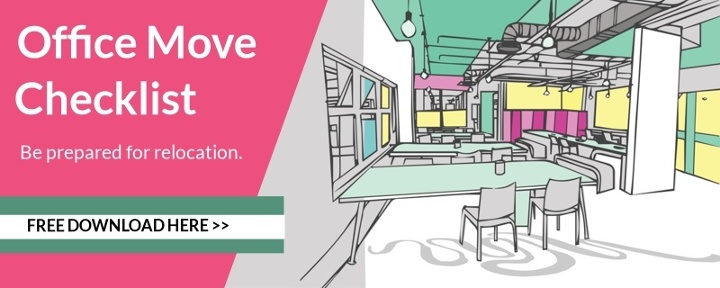The rise of creative agencies, shared offices and even pop up businesses has given designers a whole new world to play in. Boardroom tables are being tossed in favour of G Plan furniture, bean bags are replacing the swivel chair and slides have even appeared in buildings to save more playful employees the effort of taking the stairs.
At the risk of sounding like the office bore, there’s a genuine danger that style over strategy can fundamentally impact recruitment, retention, productivity and an organisation’s ability to achieve business goals.
We’re not saying the odd fridge stocked with free snacks is an abomination on corporate culture, but if you’re drowning in deadlines and need a quiet space to concentrate, do you really want the young blood gathered to scoff Ben & Jerry’s while you’re trying to make calls or box off a report?
How can an IT consulting service help?
The good news is it’s possible to please everyone with good IT infrastructure management from an outsourced support company and a floor plan that creates an environment that will give your business and employees everything they need.
That starts with asking some simple questions about the nature of your business, the people you employ and the roles they perform. Things like:
- Is an open plan space or a cubicle-style approach more appropriate?
- Do you need separate offices for management or specific departments?
- If you are using traditional on-site servers rather than cloud computing, do you have a safe and secure area to store them, and would it be worthwhile looking into moving to the cloud?
- Would meeting rooms or space for workshops, agency collaboration or social gatherings prove useful?
- Are there people or teams that spend a lot of time on the phone?
- Would you benefit from some quiet areas or distraction-free work stations?
- Do you need space to meet clients face-to-face?
What you provide for staff generally is a key consideration. Depending on how your business functions, you’ll need to think about whether you need computers, landline phones, even desks for every employee or if you can cut back and reduce the amount of furniture and rethink your IT needs for the new space.
That leads us nicely to the BYOD Vs CYOD issue, and the ongoing debate on whether it makes more business sense for companies to let employees choose or bring their own device to work.
Whatever you decide to run with, Bring Your Own Device (BYOD) or Choose Your Own Device (CYOD), you need to plan for the appropriate hardware and software, and the office space required to make it work.
Flexible work arrangements mean many businesses no longer have a full quota of staff in the office at any one time, but you still need to provide adequate space for those who are likely to come in for a day, several hours, or even after hours, and provide the IT support that will enable staff to securely use their device.
Staff using their own devices (laptop, mobile, etc.) bring the advantage of being pros at using them, thus boosting productivity. That said, not everybody is as on the ball when it comes to keeping company data secure, so the office space itself actually expands to include employee’s homes and private use of the devices they share for the purposes of work.
This is where the level of control the CYOD option brings comes in handy, enabling a company to limit access to things like apps and software on company devices, while still providing the option of remote working practices.
Considerations about your office environment also extend to your company network, and regardless of whether you choose the BYOD or CYOD option, staff will still also have their own personal mobile devices that will demand access to your internet connectivity.
So the question is, will your network be able to support all of your staff and their growing list of devices as the ‘Internet of Things’ continues to swallow entire industries whole, taking virtually everything online.
By addressing questions like these upfront, creating a smart floor plan and establishing the level of technical support you need, you can use IT to future-proof your business in a very practical way that will save time and money and add to your company culture and employee well-being.
If a move or refurb is on the horizon, why not check out our Office Move Checklist to help you get the planning right first time.
- SHARE
- Tweet
-











